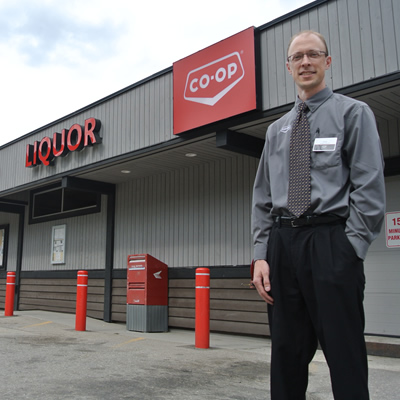Value your employees
Retaining and attracting skilled labour remain continuing concerns in British Columbia

Businesses should create a management team to brainstorm how to make their organizations more attractive to skilled employees. — Purestock/Thinkstock photo
The Chartered Professional Accountants (CPAs) of British Columbia just released the results of their Business Outlook Survey for British Columbia. For the second year in a row, the top challenge reported was the difficulty for business to attract and retain high-calibre employees and/or skilled labour.
The survey was answered by 3,569 CPA-BC members of which 47 per cent work in industry so are working in an entrepreneurial work environment. In fact 73 per cent of respondents identified it as an issue. It definitely is a challenge not going away soon. High cost of living and low wages were identified as the major reasons it is such a huge challenge. As individual business owners and managers, we can’t do much about the cost of living or the generally accepted wage scale so what can we do? What changes can we make to offer more attractive positions to skilled workers?
One suggestion is included in the Canadian Federation of Independent Business’s (CFIB) December newsletter titled Give the Gift of Knowledge. The explanation given is this: “Training and development is critical to achieving long-term business success. It engages employees, providing them necessary knowledge to handle their jobs effectively.” It then offers: “Online, business-focused courses—most are free, and the rest are 75 per cent off—exclusively for CFIB members.” Their website is [email protected]. As individual entities, we are going to have to stand out with benefits to compete for these skilled workers one way or another.
Whatever changes we decide to make, there is a warning about change in CPA’s recent national newsletter written by Sandra Oliver. She said: “Studies consistently show that between 50 to 70 per cent of planned change efforts fail. Why is this the case, especially considering the extensive amount of time and resources many organizations devote to getting change right? From my experience, it is less about what these organizations are doing, and more about what they are not doing.” Her warning goes on: “They spend time on the processes, procedures and logistics behind the change plan. In contrast, they spend little time and effort on addressing the beliefs and mindsets of those involved and in developing practices and behaviours to help people adapt.”
Her suggestions include the following: “The first step is understanding that people process change differently. For example, some focus on the purpose (why are we changing?); others on the picture (what will the change look like?); some rally around a plan (how are we going to do this?); while others think about their individual part (what will this mean for me?). No one way of processing change is right; the key is to consider them all.”
Her article goes on to describe three areas one must include to get everyone involved and engaged:
Build the right team: Change efforts usually start with the idea of one or two individuals, but the vision needs to grow beyond just the CEO and a few high-powered leaders if the idea is going to pick up steam and really sink in. For some businesses, this may be only one or two people involved in the change, but for others it can be a large team. However, the principles remain the same.
Engage your people: A big part of engaging your people is making sure they are all involved in the communication plan and understand that change is happening. This may sound like common sense; however communicating does not mean just once a quarter at the business meeting. Consistent communication will allow everyone to be involved in short-term wins, therefore encouraging staying focused.
Sustain the change: The change process requires a considerable length of time. Use small accomplishments to build enough credibility to tackle the next challenge and keep the momentum going.
Get your management team—whatever size—to brainstorm things you could change to make your organization more attractive to skilled labour. Apply the change to existing employees to retain them; they are likely to respond more quickly and fit into your organization more easily because everything is not new to them. Attract new employees by advertising your benefits with meaningful explanation content so they can evaluate the benefits you are offering.
Set a plan in place to implement the changes. Hopefully, these few suggestions will help you attract some awesome new employees.






Comments